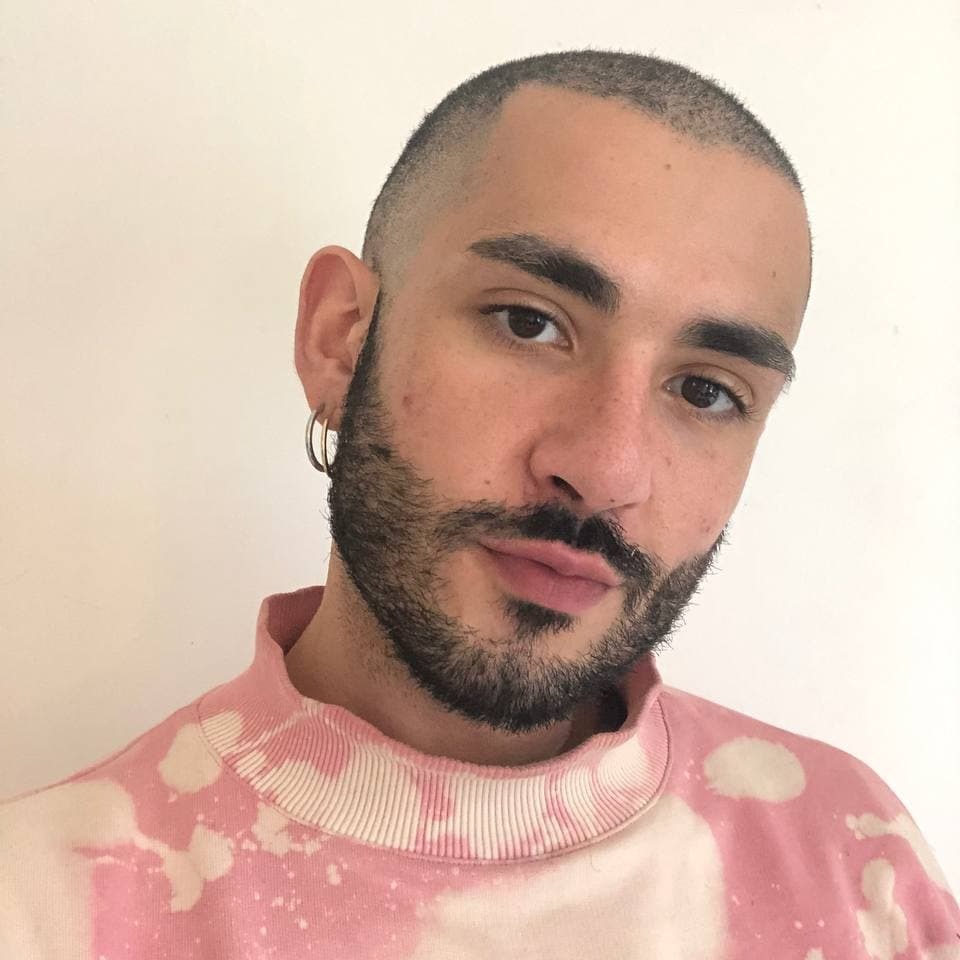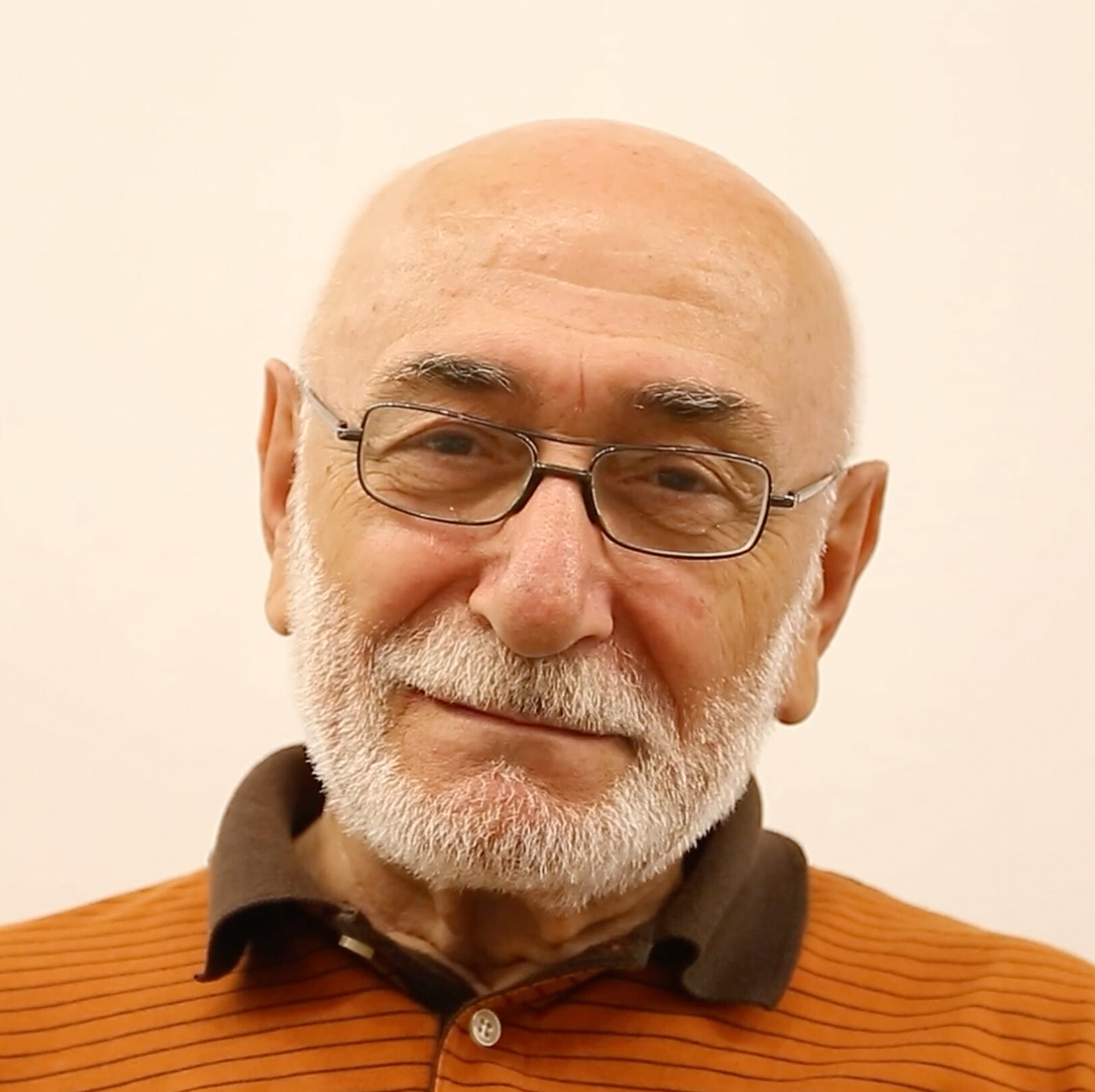
Aram Tadevosyan
Aram Tadevosyan (he/him) is a seasoned Armenian surgeon with over 50 years of medical experience and more than two decades of dedicated work in therapeutic clay application. Rooted in both scientific rigor and ancestral wisdom, he bridges clinical medicine with traditional healing practices, specialising in the internal and external use of natural clays. Born in a mountainous village in the Armenian highlands, Aram’s connection to clay began not in a lab, but through lived experience - childhood memories of local practices that evolved into a life-long medical exploration.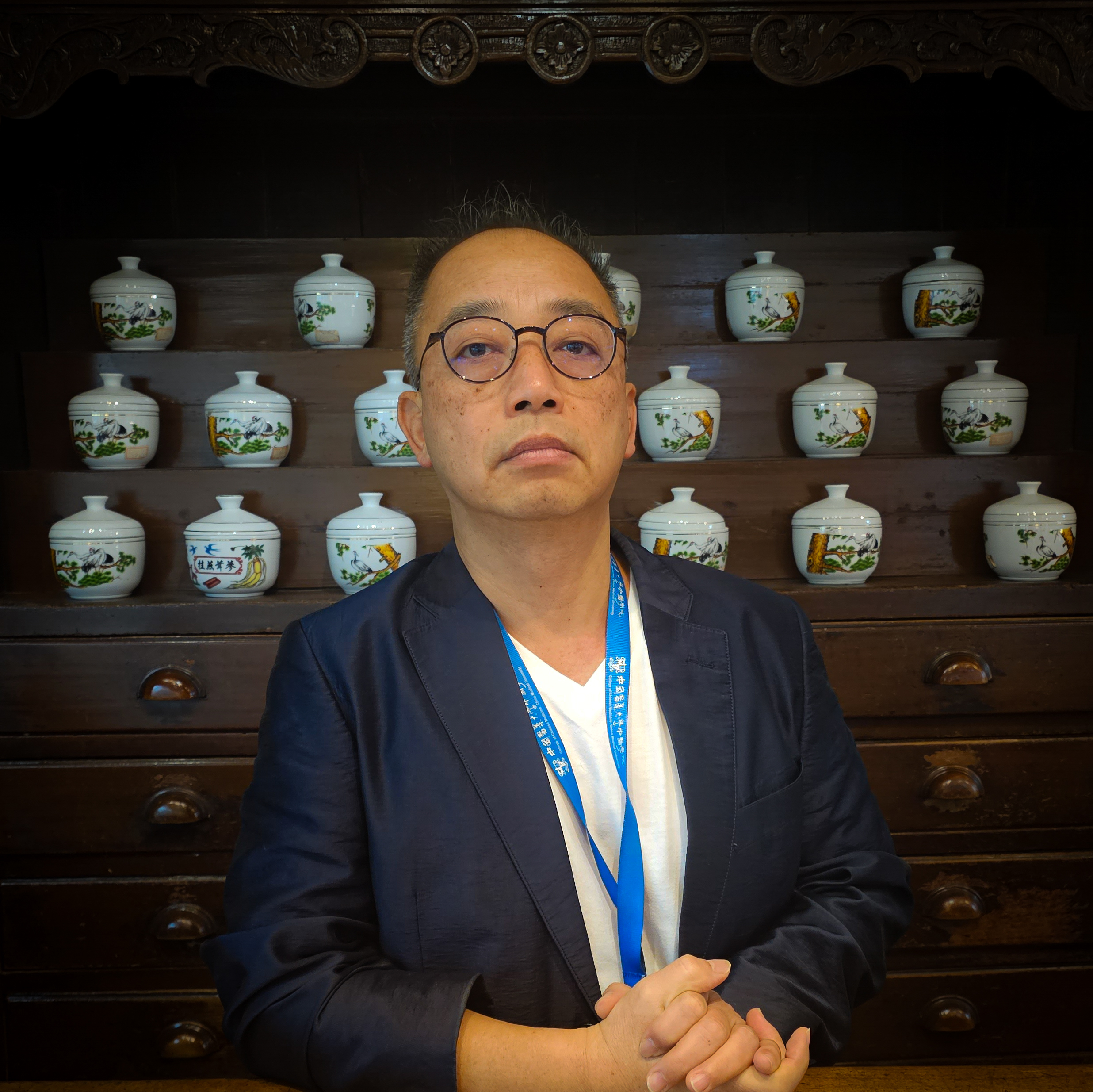
Wen-Te Chang
Wen-Te Chang (he/him) is a professor and Chair of the Department of Chinese Pharmaceutical Sciences and Chinese Medicine Resources at China Medical University, Taiwan. He has also served as Deputy Director of the Lifu Museum of Chinese Medicine. With more than 20 years of research experience in Traditional Chinese Medicine, Professor Chang brings a unique blend of academic rigor and practicality to the study of earth eating.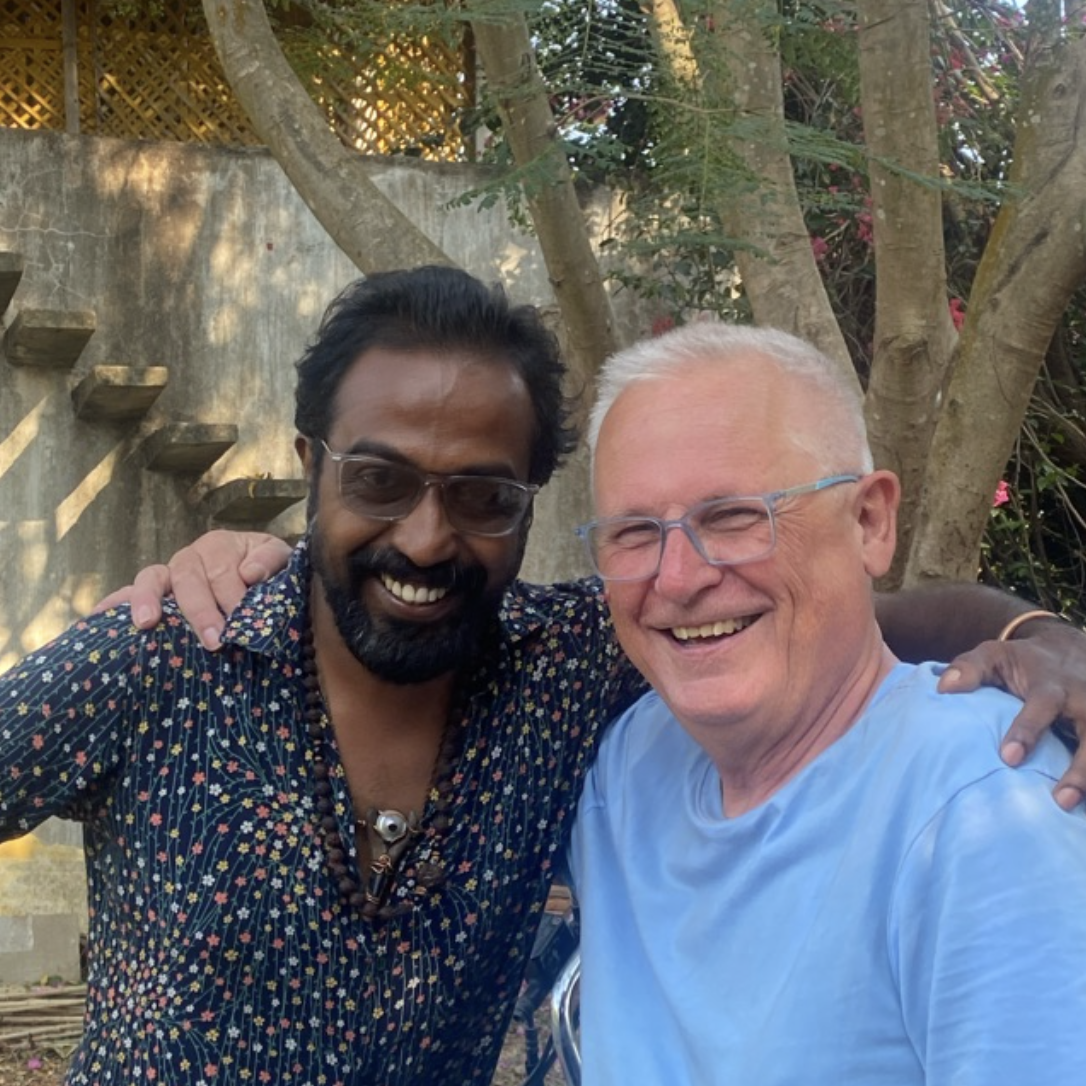
Heiner Cuhls
Heiner Cuhls (he/him) is an engaged manager with diverse cultural experiences. Living in Southeast Asia taught him patience and active listening. Always eager to learn, he explored ways to enhance human well-being. This led to a holistic perspective on life, seeing the interconnectedness of soil, plants, animals, and humans. After a career in IT, Heiner now focuses on permaculture, soil improvement through composting, and health via Ayurvedic treatments, aiming for a healthy, alkaline lifestyle. His credo is "to die healthy."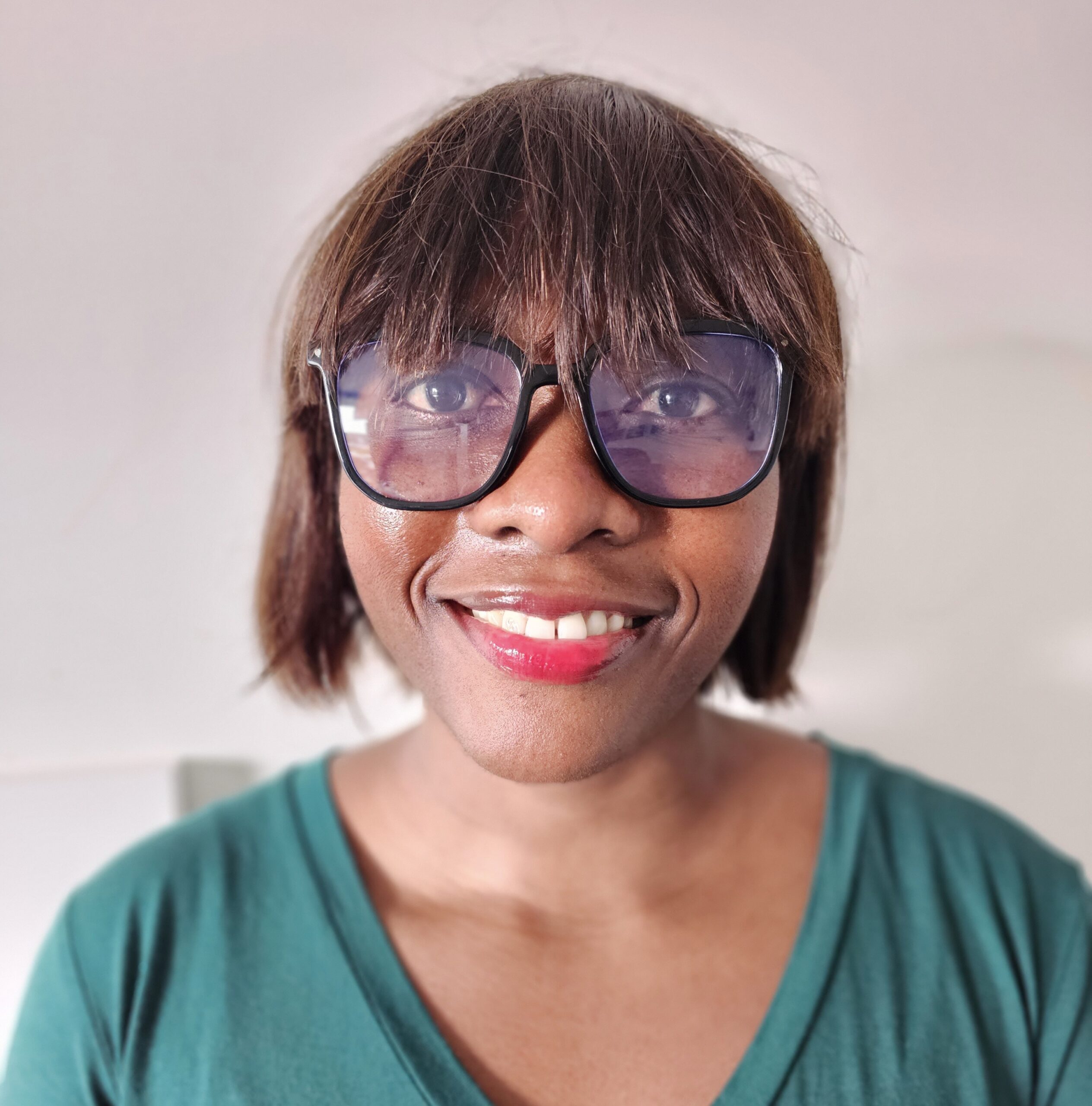
Christina Upendo Feza
Christina Upendo Feza (she/her) is a student in the field of archaeology, she is currently pursuing a Master’s degree at University of Amsterdam. She works for the British Council Netherlands as an invigilator, and is passionate about arts and culture. She has traveled to fifteen countries searching for cultural or historical connections of people but also what makes them unique. She has tried soils from the Museum of Edible Earth and she likes the wet dust aftertaste which is strong in some soils especially the red ones compared to the white soils. She hopes soil eating can revolutionize human diet in the future.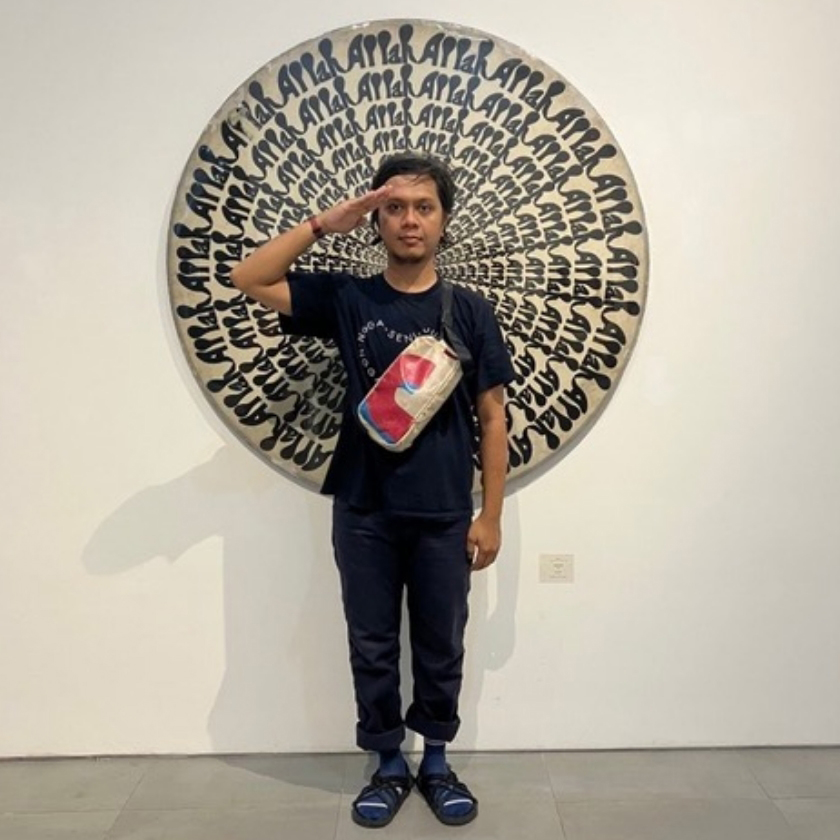
Arie Syarifuddin
Arie Syarifuddin (he/him) is a cross-disciplinary artist working in the fields of community-based projects, visual art, and music. He is part of Jatiwangi Art Factory (JaF) in the city of Jatiwangi in West Java, which is Indonesia’s roof tile manufacturing centre. JaF focuses on discourses about local rural life through arts and cultural activities such as festivals, visual art, music, artists in residence, monthly discussions, radio broadcast and education. Syarifuddin’s main interest is the dynamics of community behaviour in a rural-urban context.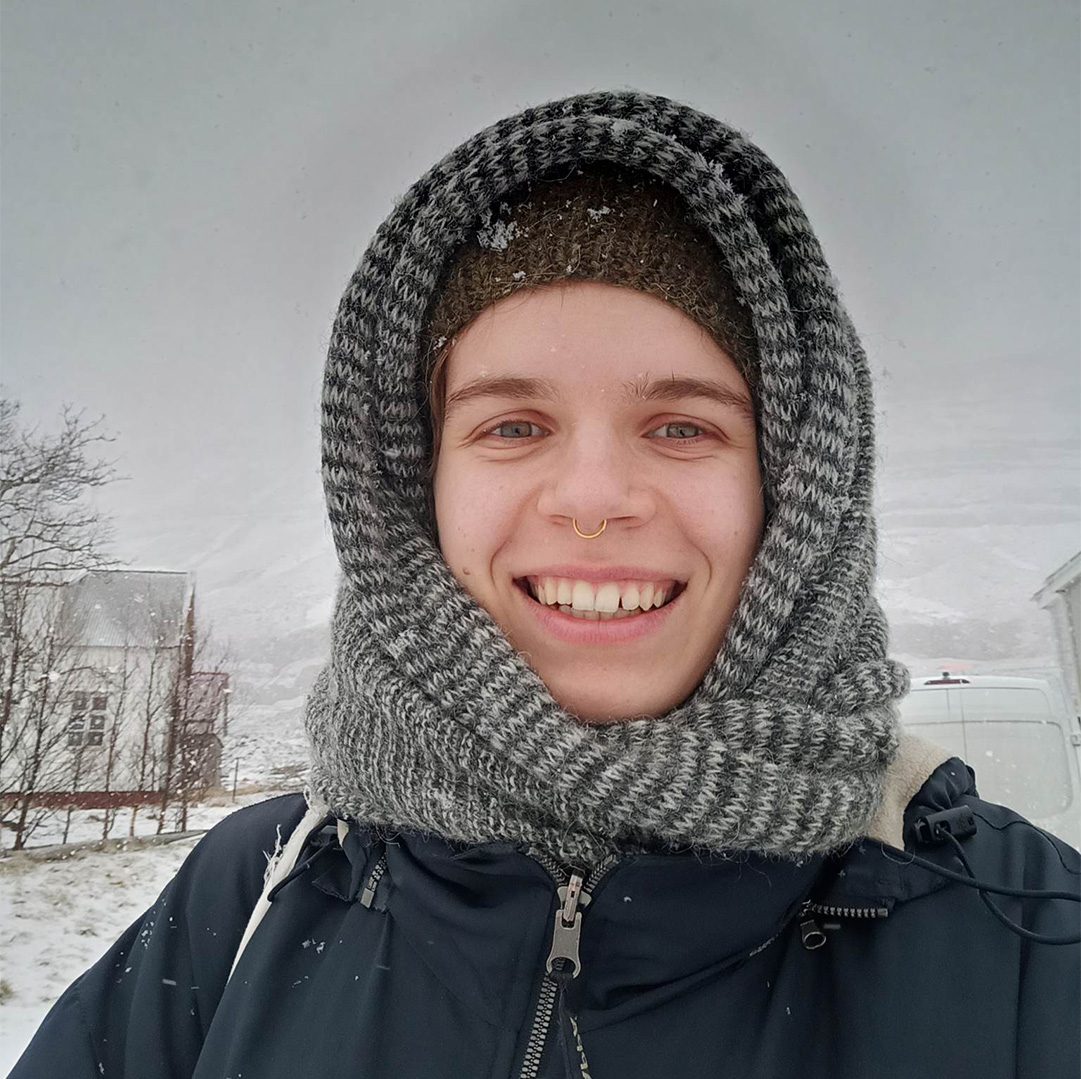
Martina Priehodová
Martina Priehodová (she/her) had her first in-person encounter with the Museum of Edible Earth during her BA in fine art at Minerva Art Academy. She is a curious eater working with ceramics, using her mind, body, and the universe as a reference library. At the moment, Martina is busy digesting Iceland during her MA studies at the Icelandic University of the Arts.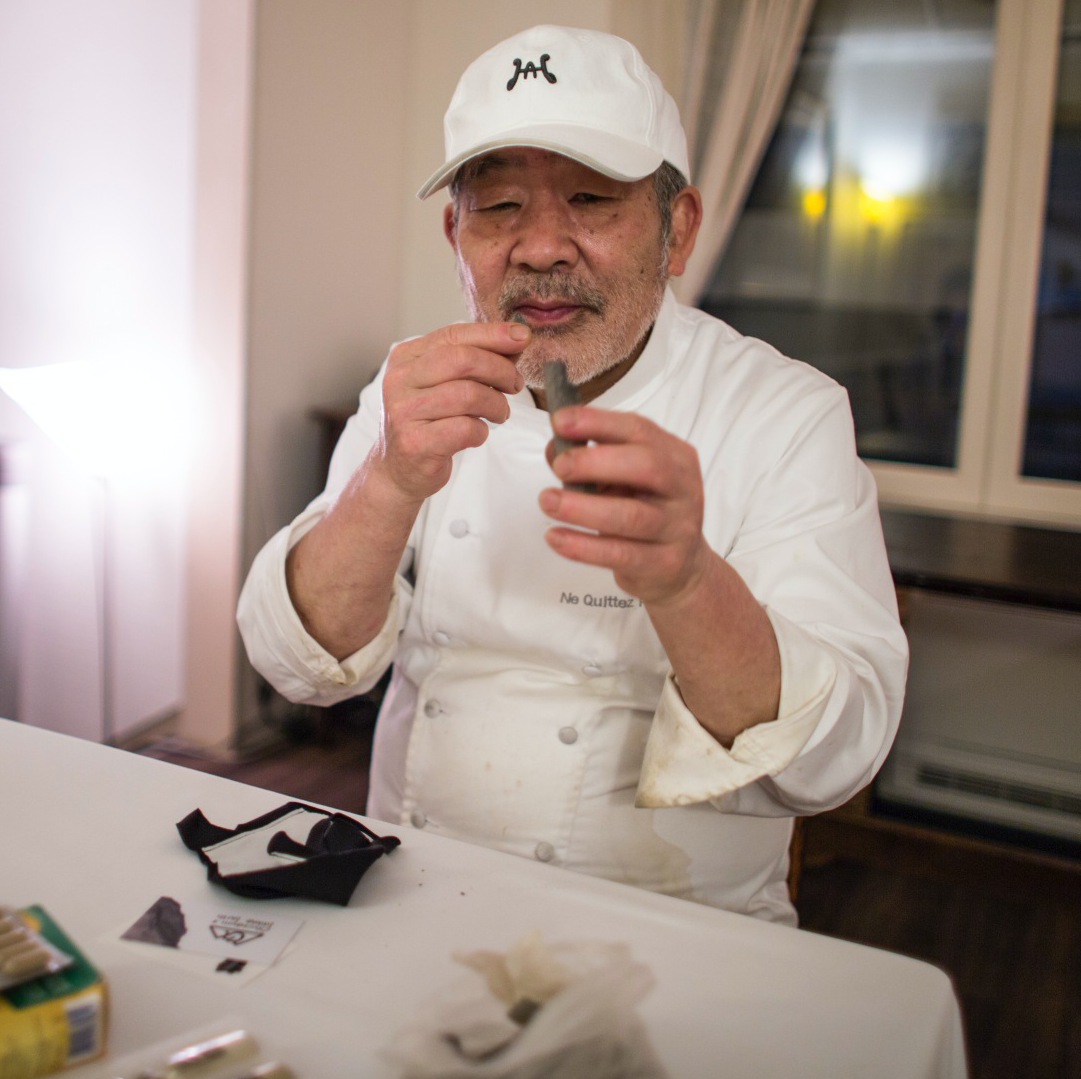
Toshio Tanabe
Like many ambitious chefs, Toshio Tanabe (he/him) has travelled the land in his quest for the finest and most delicious ingredients. Time and again has stood in the fields, sampling carrots and radishes fresh from the Japanese earth. Until the day when he happened upon the most overlooked ingredient of all - the earth itself. Now mr Tanabe has found culinary fame - or notoriety - as a chef of dirt. Diner at his elegant French-style restaurant in Tokyo eagerly pay some €170 a head for a meal in which the key ingredient is soil.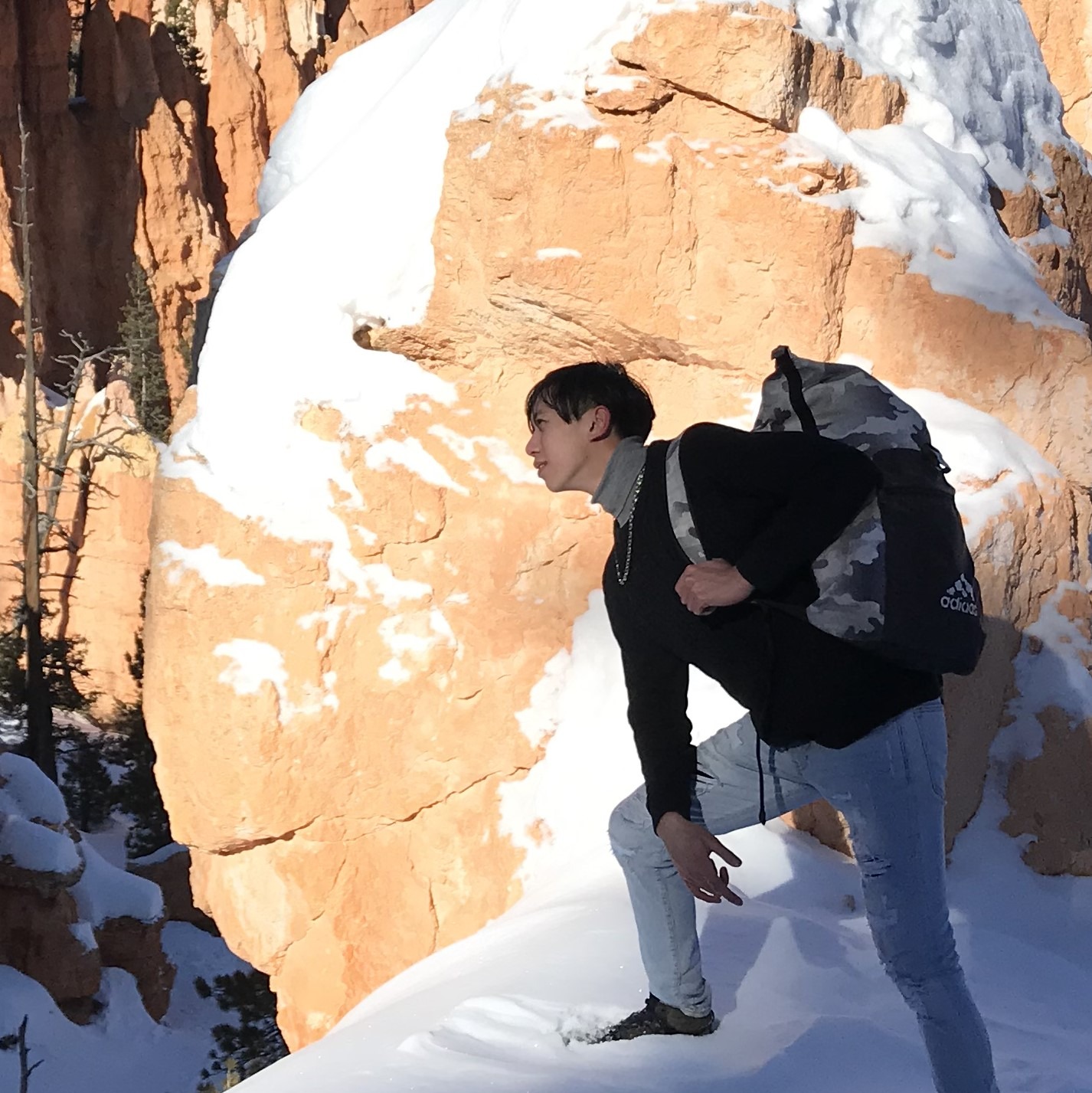
Pan Vanitcharoenthum
Pan Vanitcharoenthum (he/him) was born in Bangkok, Thailand in 1996, and finished a Bachelor in Fine Art from Minerva Art Academy in 2021. He is a storyteller, fine artist, and designer. The narrative impulse is a driving force behind his work. He tells stories through his humble pencil drawings, rhizomatic websites and multi-layered installations - but also in the spoken word. While experiencing his stories one is challenged to rethink nature and the use of technology.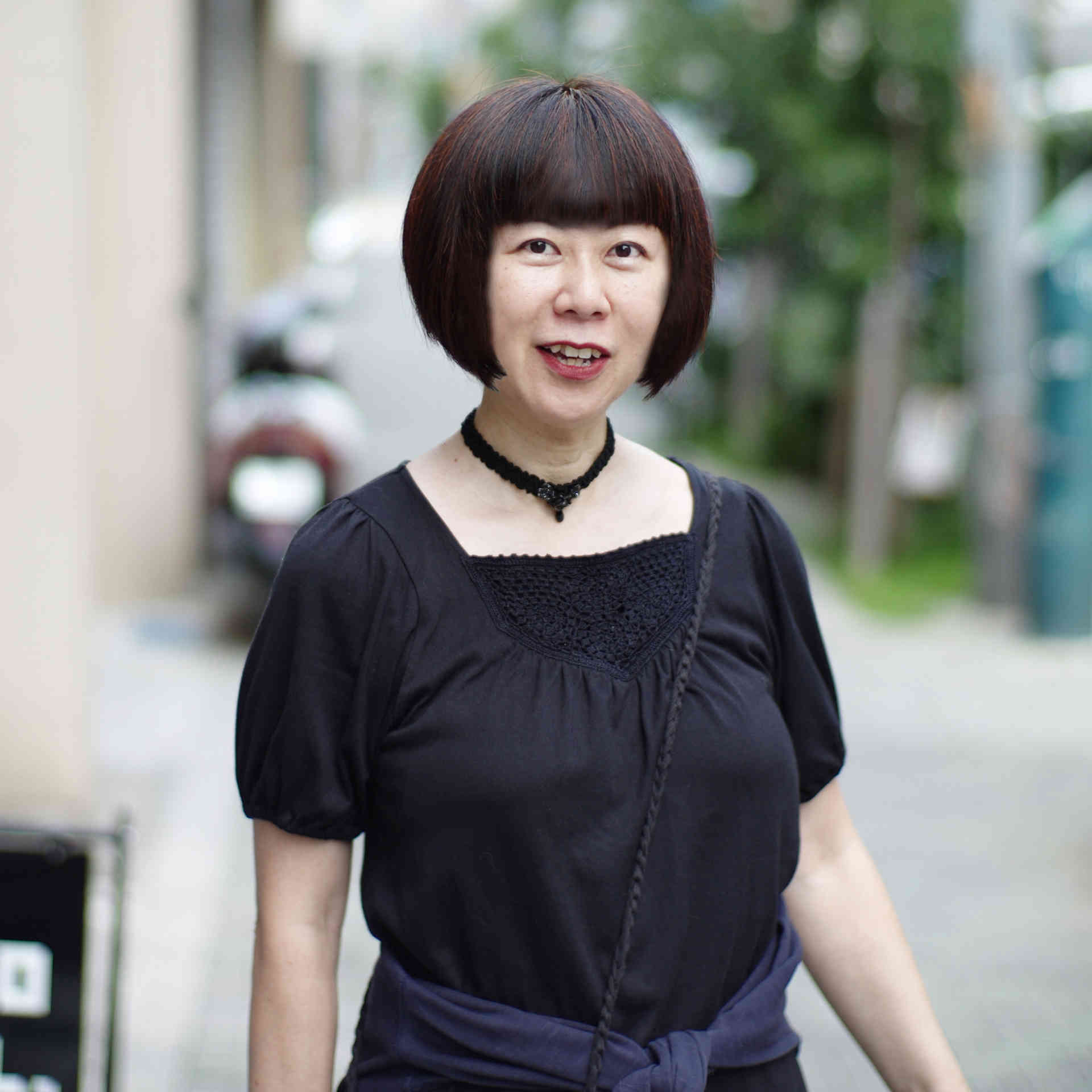
Saki Saeki
Saki Saeki (she/her) was born and raised in Tokyo. She is a Ramen shop management and an accountant, occasionally a web writer, good at finding trivial and curious things from everyday life. During masharu's Museum of Edible Earth workshop in Tokyo, Saki realised that taste of the earth resembled familiar oriental Chinese medicines, and then started to investigate Japanese traditions of eating earth. Saki found surprising the wisdom, knowledge and skills to eat the earth for surviving that her ancestors gained from their experience in harsh environment.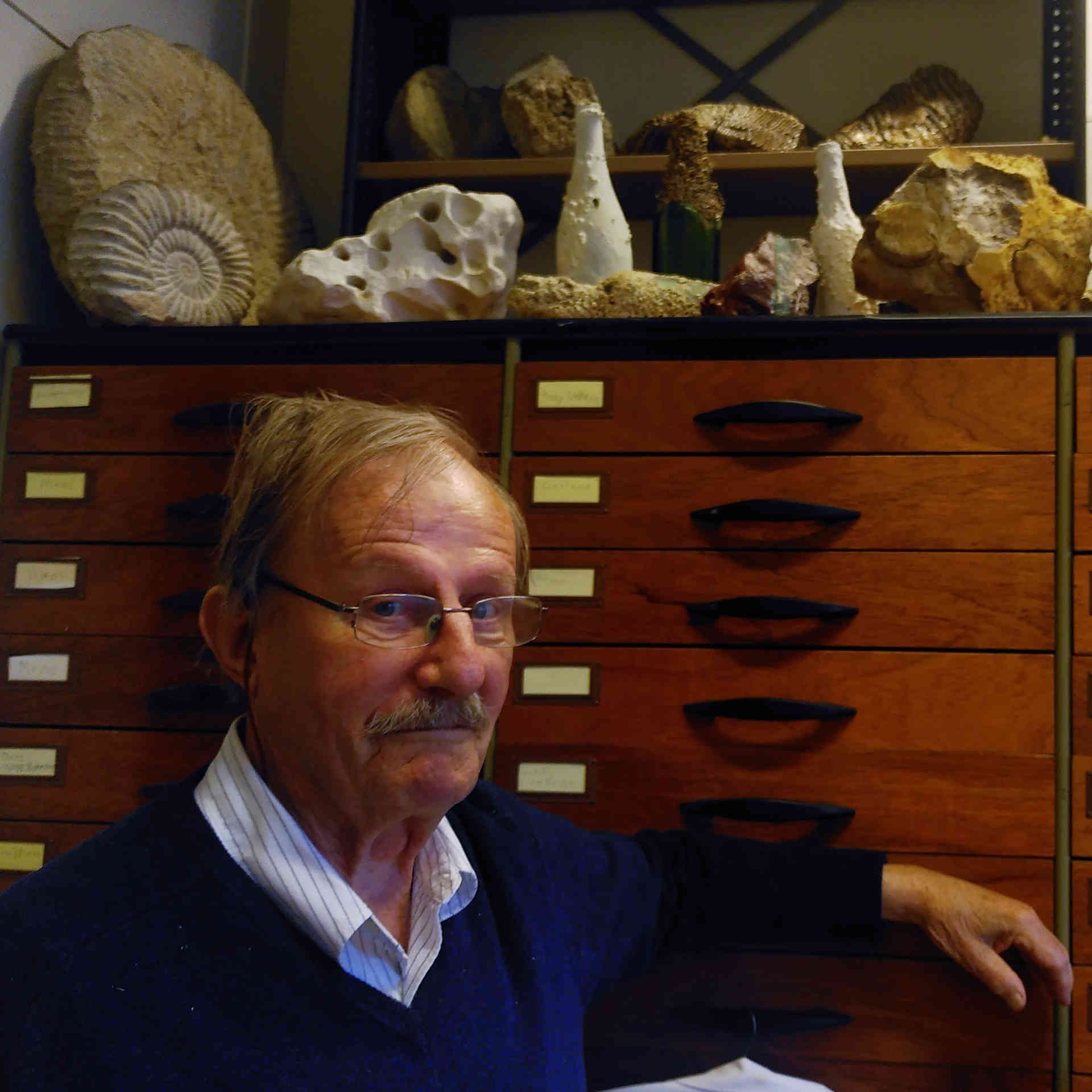
Bert Boekschoten
Gijsbert Jan (Bert) Boekschoten (he/him) (born 5 September 1933) is a Dutch paleontologist and a professor at Vrije Universiteit Amsterdam. Since elementary school he has been a soil science enthusiast. He got his PhD in Utrecht in 1969. In 1988, he and two colleagues published the discovery, near Grythyttan in Sweden, of stromatolite structures that are the oldest traces of life found in Europe. Along with his scientific careed Bert Boekschoten has always been fascinated by fine arts.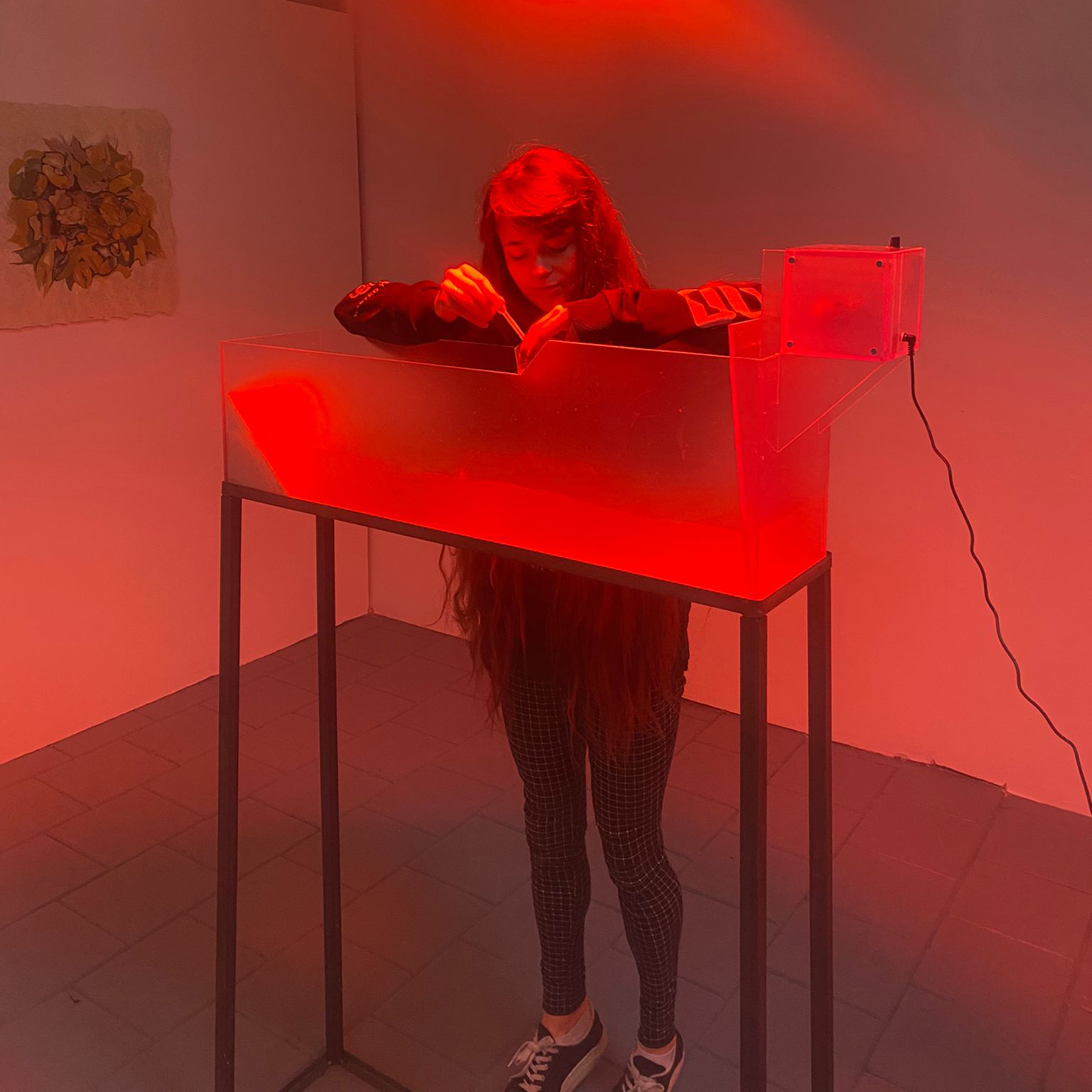
Lily Dollner
Through applied nonsense and intentional inconvenience, Lily Dollner (2000, UK/Ireland) (she/her) is a young artist who questions the necessary criteria for the uncanny to take place, in order to nurture and live alongside the Absurd. She practices mindful inconvenience as an ongoing effort to break free of something. In her never-graceful artistic practice, wry humour plays an important role, and she strives to take triviality very seriously. She is currently based in Groningen, NL, and is attending Academie Minerva.
Elvira Semmoh
Elvira Semmoh (she/her) is a storytelling consultant and a chair of Mama Baranka Foundation with the motto “Giving voice for strength”. Elvira was born in Suriname and grew up in Amsterdam. Her long-term project ‘New Voices’, in collaboration with the sculptor Nelson Carrilho, is focused on inspiring stories of people of African diaspora. It involves a mixture of research and events, connected to the artworks Mama Baranka (Mother Rock) and Dragers van Verre (Carriers from Afar).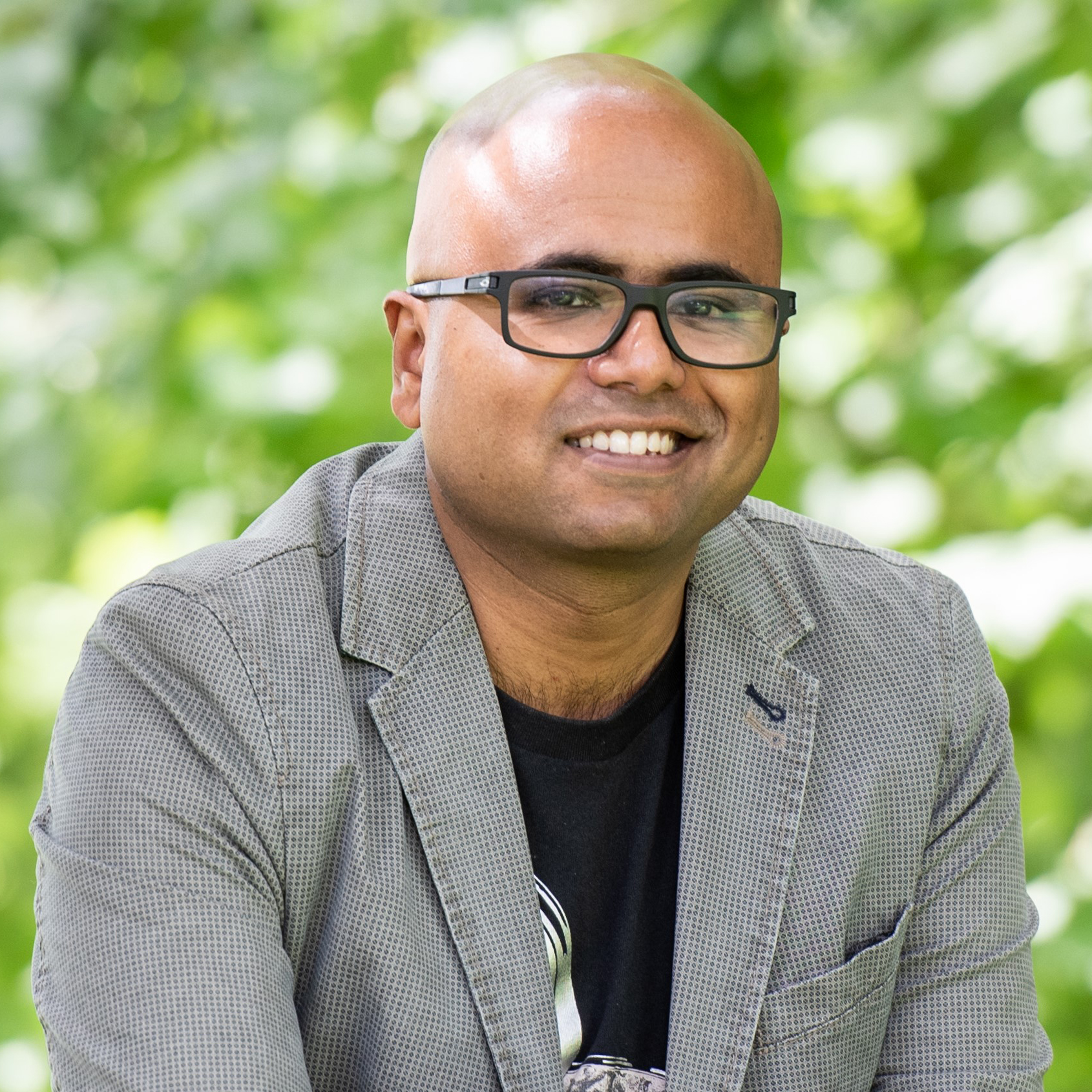
Abraham Abhishek
Abraham (he/him) works in water management, and part-time as an independent storyteller/journalist. He is based in Wageningen, The Netherlands. In 2021, he came across a Museum of Edible Earth exhibit, and was reminded of the time he ate mud as a child. He is not an active geophage, but very curious about why and how people around the world consume earth—as part of their culture or as they act upon their instinct to do so. He has made a video capturing his interaction with masharu, founder of the museum.
Daniel Boston
Daniel Boston (he/him) researches and writes on the politics of the socio-ecological transformation. During a summer school on Anthropology at the Vrije Universiteit Amsterdam, he took part in a workshop led by masharu that introduced him to the eating of earth. The workshop served as an introduction as well as a reminder to the multitude of ways in which we relate to our surroundings, how we act within them, and how they shape our understandings and subjectivities.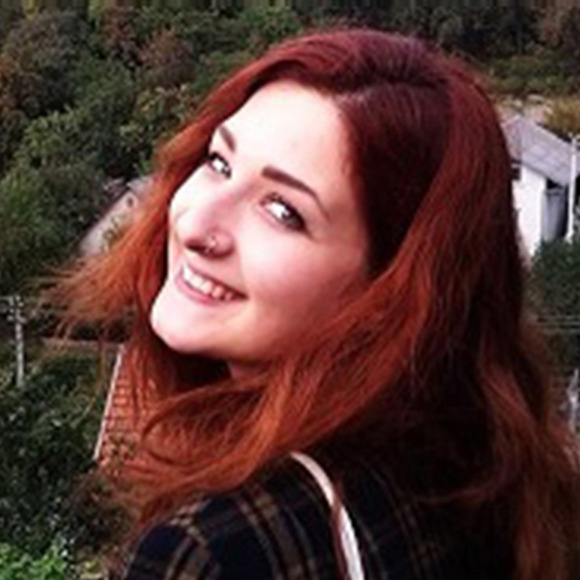
Ugnė Barbora Starkutė
Ugnė Barbora Starkutė (she/her) is an anthropologist from Lithuania. Besides her main interests in indigenous movements, identity politics, and alternative modernities, she is also working on the food system and waste. Ugnė participated in a workshop about edible earth and senses led by marsharu in Vrije Amsterdam Anthropology Summer School. It was a fascinating way to explore how the earth feels like food and think about how earth, food, and humans interact in the contemporary socio-economic system.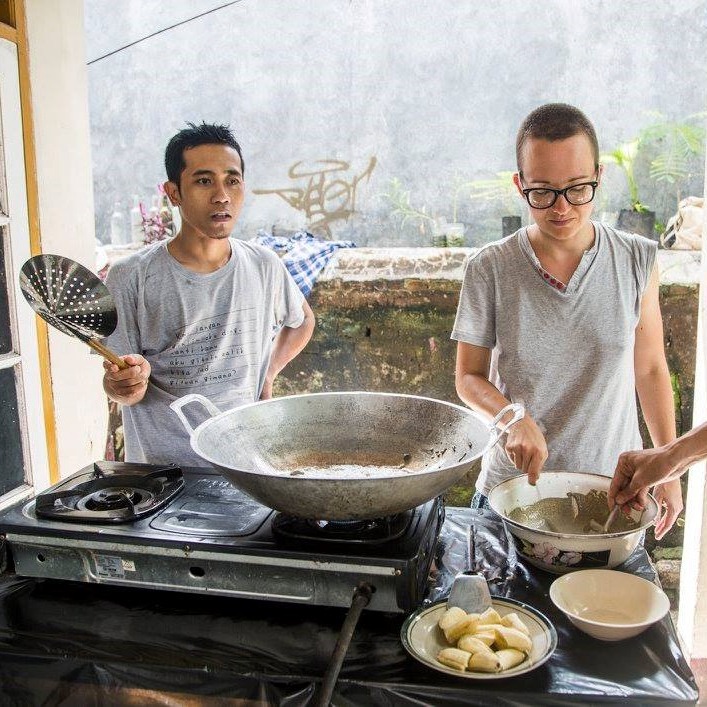
Muhammad Sibawaihi & masharu
Muhammad Sibawaihi aka Siba (he/him), is one of the founder of Pasirputih Lombok. Pasirputih was established in 2010 and is located on Lombok Island, West Nusa Tenggara, Indonesia. This collective is engaged in the arts, media, and archives. Siba currently serves as program director of the Pasirputih, and actively studies social issues through writings, videos, and films. Currently, he is also pursuing a master's degree in applied anthropology at the Australian National University.
Abhishek Thapar & masharu
Abhishek Thapar (Moga, 1985) (he/him) is a theatre maker, performer, teacher, puppeteer and artist currently based in Amsterdam. He holds a post-graduate diploma in Physical Theatre from LISPA, London and a Master in Theatre degree from DAS Theatre, Amsterdam. Currently, he is building an artistic research and practice in post-colonial epistemologies, historiographic metafiction and storytelling.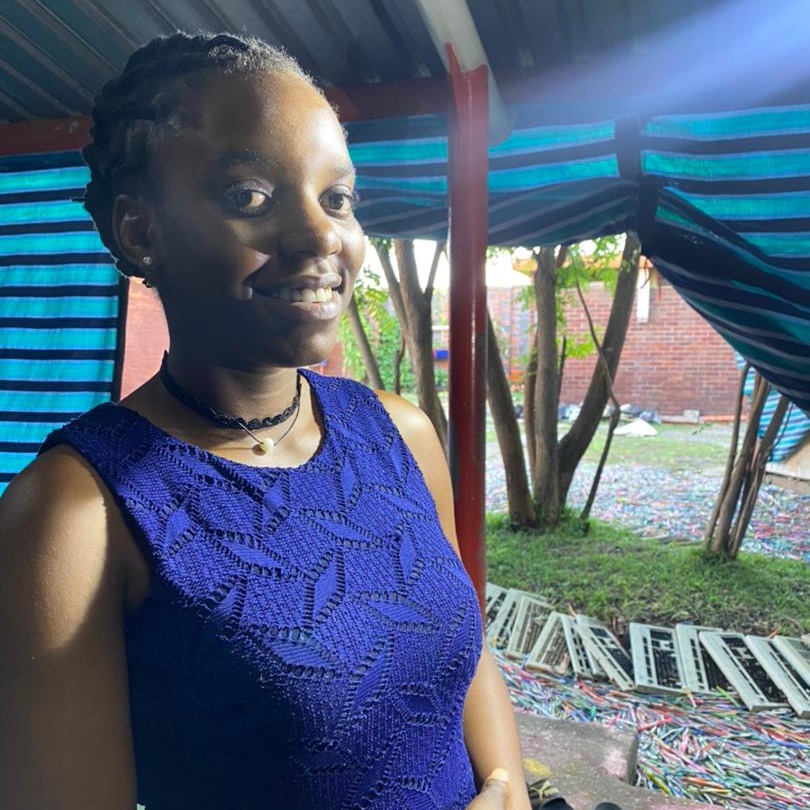
Kundai Nathan
Kundai Nathan (she/her) is a young Zimbabwean artist, born in Harare, Zimbabwe, in 1999. Her repertoire of art combines the use of mixed media to address social and cultural issues in the society. Kundai Nathan is now affiliated to Dzimbanhete Arts and Culture Interactions as a mentee where she is pursuing her theme Plastic Republic.